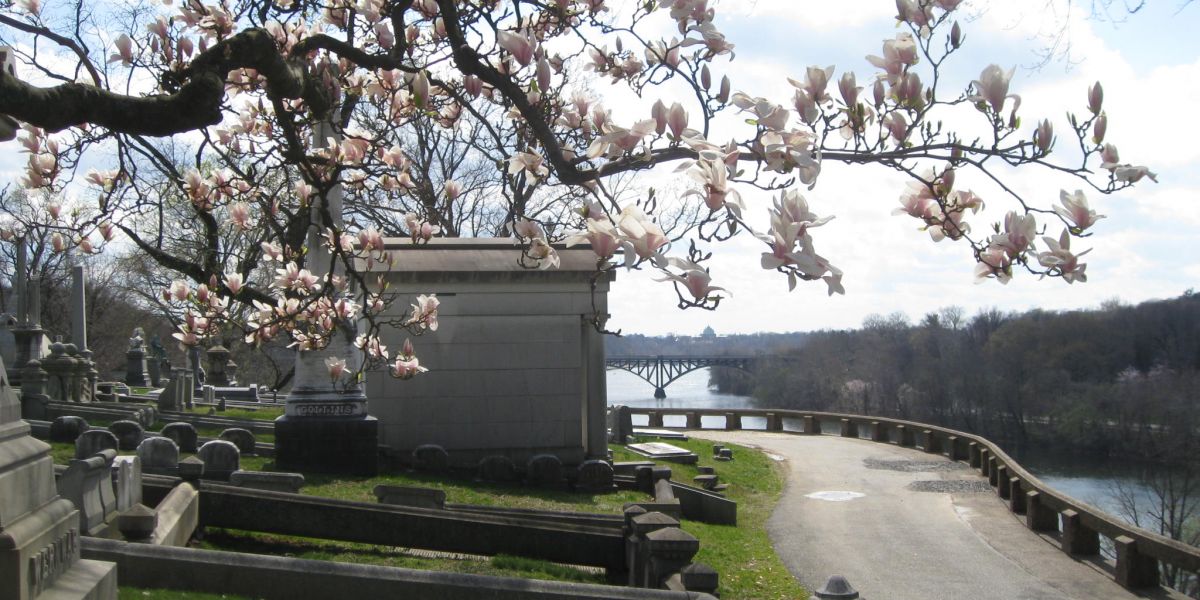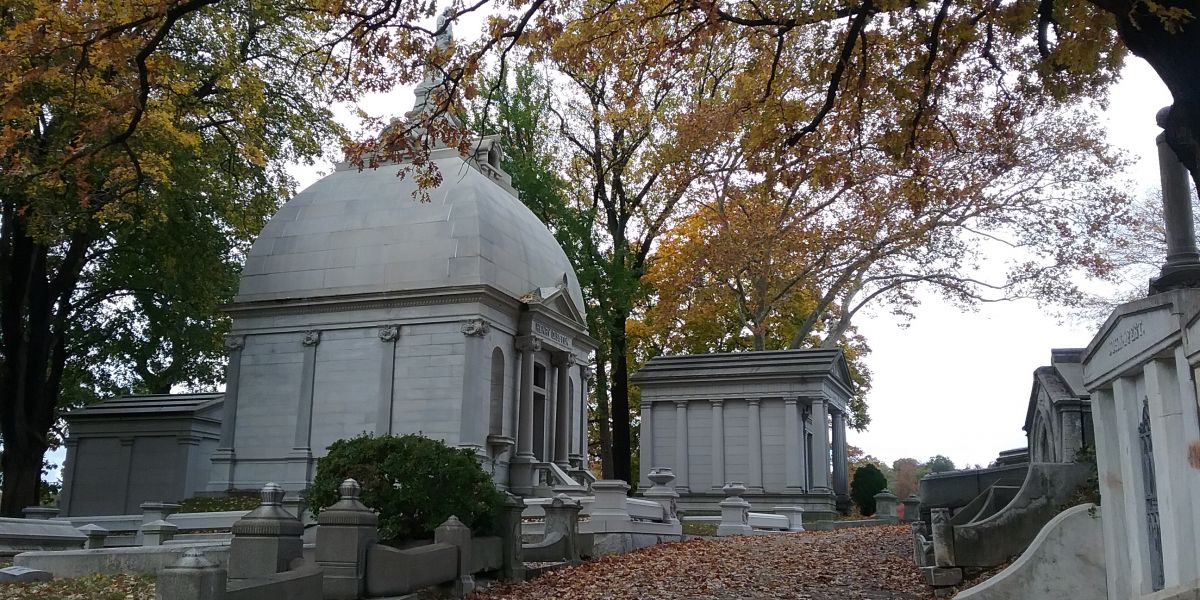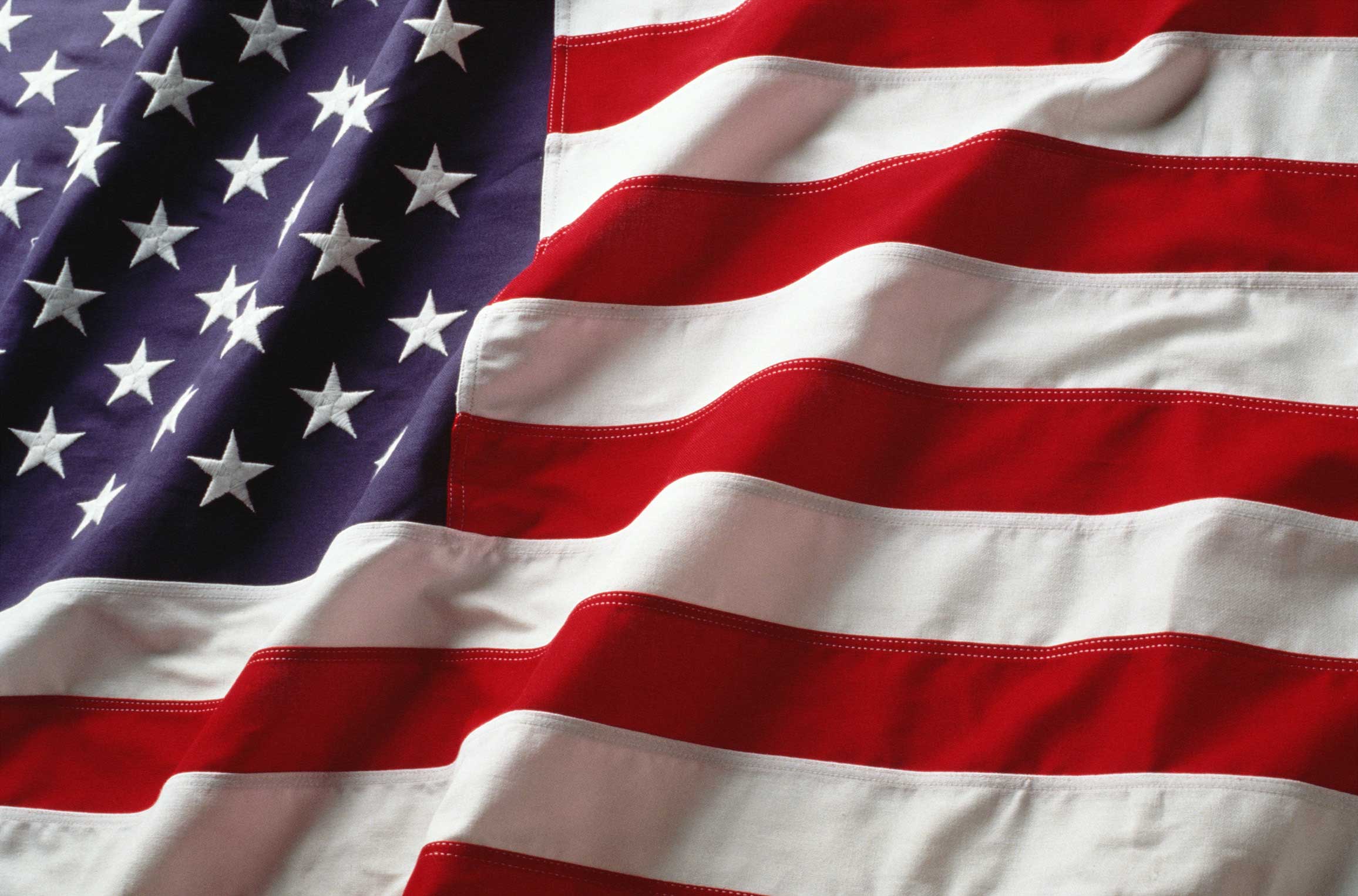Laurel Hill Cemetery
Posted on Wednesday, November 2, 2016
Related Post
- Buy Tickets for The Constitutional Walking Tour of Philadelphia - See 20+ Sites on a Primary Overview of Independence Park, including the Liberty Bell and Independence Hall
A picturesque historic burial ground
The History
For most of Philadelphia’s early history, the deceased never strayed very far from the living. In the most historic parts of Philadelphia, the landscape is dotted with centuries old churches and synagogues, and often right beside them, the burial grounds where their congregants were interred. For many 17th and 18th century Philadelphians, their final resting place would rarely be located more than a few blocks away from where they lived. As Philadelphia entered the 19th century however, the rapid growth and industrialization of the city began to make this burial practice increasingly impractical. From 1800 to 1830, the population of Philadelphia nearly tripled from 60,000 to over 160,000, and mills and factories quickly spread throughout Philadelphia. As the city grew, some cemeteries were even destroyed to make way for larger buildings and busier roads, forcing families to disinter their loved ones and bury them someplace else.
In 1836, a Quaker Philadelphian librarian named John Jay Smith lost his daughter and was dismayed at the conditions of the Philadelphia churchyard in which she was buried. From that point forward, Smith was determined to rectify the problems with Philadelphia’s woefully inadequate cemeteries. Eventually partnering with Nathan Dunn, Benjamin W. Richard and Frederick Brown, Smith and his partners imagined an entirely new type of burial ground. Instead of nestled within the city grid, next to homes and busy businesses, their new cemetery would be placed far outside the city of Philadelphia. The new cemetery would have no religious affiliation and would be open to all. The cemetery would promise a beautiful landscape in a peaceful and serene environment where the dead could be permanently laid to rest, and the living could visit their loved ones in peace.

In 1836, Smith and his partners purchased the Laurel Hill Estate that had formerly belonged to merchant Joseph Simms. Simms’ property was 32 acres, roughly 5 miles north of what was then the Northern border of Philadelphia and boasted gorgeous views of the Schuylkill River flowing below. Scottish architect John Notman was hired to design the cemetery, and he modeled it after English estate gardens and incorporated ornate buildings such as a gatehouse and a chapel into the design. In an effort to further increase the desirability of Laurel Hill, several famous deceased Philadelphians were relocated to Laurel Hill such as signer of the Declaration of Independence, Thomas McKean, and renowned astronomer, David Rittenhouse.
Laurel Hill quickly became the place where prominent Philadelphians would be buried. During the American Civil War, many prominent Union soldiers would be buried at Laurel Hill, including 42 generals. Financier Peter Widener and steam locomotive magnate Matthias Baldwin are just a couple of the members of Philadelphia's high society who would be buried in Laurel Hill. Many of the graves and tombs placed in Laurel Hill were highly ornate and consisted of numerous elaborate sculptures or obelisks rising many feet into the air. Visiting Laurel Hill was more than visiting a graveyard; it was visiting a museum, an enormous collection of some of the finest sculptural works in Philadelphia.
Laurel Hill is so picturesque and beautiful that even from its earliest days it drew more than mourners. In the past, Philadelphians would board ferries on the Schuylkill River and travel up to Laurel Hill for a stroll on a nice day. Visitors would enjoy carriage rides and even sit amongst the beautiful gravestones and have a picnic as the Schuylkill River flowed below. A decade after opening, Laurel Hill had become a sensation, and it was one of the most visited sites in Philadelphia as nearly 30,000 people visited in 1848.
What to See
A visit to Laurel Hill is free since the cemetery today operates as a nonprofit institution. Once you arrive at Laurel Hill, you are free to explore the Cemetery on a self-guided tour at your leisure. While exploring the graveyard, keep in mind that not everyone buried in Laurel Hill died in the distant past. From time to time, even important Philadelphians of today are buried there.
Harry Kalas is known across America for his longtime role as the narrator for NFL Films, but here in Philadelphia, Kalas will always be remembered as the voice of the Philadelphia Phillies. Kalas served as the Phillies announcer for 38 years, gaining induction into the Baseball Hall of Fame and announcing the Phillies, two World Series victories in 1980 and 2008. After Kalas’ death, he was interred in Laurel Hill Cemetery with a large tombstone that looks like a broadcaster’s microphone.
Aside from self-guided tours of the beautiful gravestones and mausoleums, Laurel Hill also sometimes sponsors guided walking tours that focus on a diverse array of topics. Previous walking tours have focused on topics such as the supporters of the Union Army during the American Civil War, while another tour focused on the poetic words of the epitaphs that adorn many of the gravestones of Laurel Hill. For more information on upcoming special tours at Laurel Hill, check the “Events” tab on their website.

Insider Info
The cramped and crowded cemeteries in Old City Philadelphia are the very reason why John Jay Smith created Laurel Hill Cemetery. But just because these graveyards were not a pleasant place to bury your loved ones in the early 19th century, that does not mean that these sites are not interesting to visit today. If after visiting Laurel Hill you still wish to see more historic Philadelphia graveyards, there are plenty to see. On The Constitutional Walking Tour, you will see and learn about Christ Church Burial Ground which is the final resting place for five signers of the Declaration of Independence including Benjamin Franklin! Another stop on The Constitutional Walking Tour is the Arch Street Friends Meeting House, a historic Quaker house of worship that also has many graves on its grounds including the grave of Samuel Nicholas, founder of the United States Marine Corps.
If you are really interested in graveyards, you should join us on our evening tour, the Spirits of ’76 Ghost Tour. The Spirits of ’76 is a tour that is One Part History, and Two Parts Haunt! The ghost tour tells you about Philadelphia’s most haunted locations and the history behind them, including a number of historic graveyards. Guests of the Spirits of ’76 Ghost Tour visit numerous graveyards including St. Mary’s, St. Peter’s, Old Pine Street, and Holy Trinity. The ghost tour also winds through Washington Square Park, a stately green square in Philadelphia that formerly served as a potter’s field and is the location where thousands of Philadelphians have been interred.
How to Get There
While the area surrounding Laurel Hill is far less rural today than it was when the cemetery was founded, Laurel Hill nonetheless is located a short distance from Old City Philadelphia, making walking a long journey. For guests of The Constitutional Walking Tour, the easiest way to get to Laurel Hill is likely to drive or rent a bike. The National Constitution Center, where all of our tours both begin and end, is only about 15 minutes away by car from Laurel Hill Cemetery. Guests can also take the Route 61 bus which goes directly to Laurel Hill Cemetery. The most convenient place for guests of The Constitutional Walking Tour to catch the route 61 bus is at the corner of 9th and Market Streets, located just four blocks from the National Constitution Center.
Hours
Monday – Friday: 8:00am-4:30pm
Saturday – Sunday: 9:30am-4:30pm
Closed for major holidays
Additional Information
3822 Ridge Avenue
Philadelphia, Pa 19132
215.228.8200
Blog tags:



